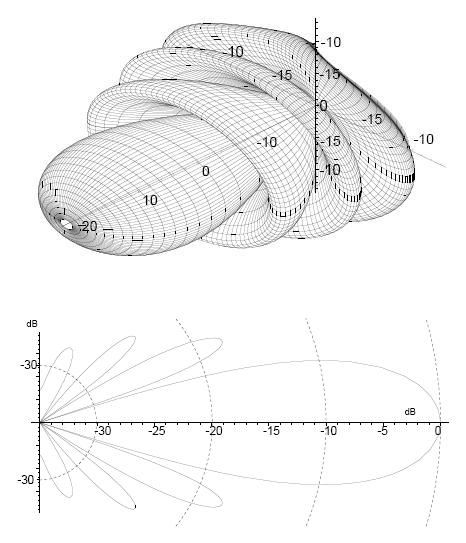China should of chose Gambit instead, since Gambit has good knowledge in defense tech. Anyway, he doesn't want to work for them.
BTW, why would the ex-B-2 engineer work for China. Money is it?
Any aircraft will have many engineering disciplines involved, and each discipline have its own subordinate disciplines. So the question is more about what system or subordinate system was this guy working on. This is not meant to downplay what he did but to better focus the discussion on the damages.
So according to the news article...
...when he worked for Northrup from 1968 to 1986, designed the exhaust nozzle for the cruise missile...
The exhaust nozzle is a subordinate system to Propulsion. Under Propulsion, there will be engineers assigned to work on fan blades, fuel injectors, materials, core integration, avionics, and just about anything else whose components cannot be found in the civilian sector. The more advanced the weapon system, the more likely each component for each sub-system will have to be designed and manufactured from paper instead of adapting an existing component.
Quite often an engineer will be assigned to be specialist in two or more specialties simply by virtue of their integration. For example...An air data specialist will be the specialist for both the air data computer and the air data probes, those 'thingies' that sticks out into the air stream. It will be his responsibility to search for available probe designs, adapt them as necessary, or learn to design new ones if necessary.
So what kind of damages can Mr. Noshir Gowadia do? Plenty.
Exhaust nozzles design hints at many vital internal engine designs, everything from core diameter to thrust. Every subordinate system must be optimized, to use that cliche, to produce the best effect for any other sub-system that require its inputs. The best analogy is that every component in every system is either a supplier or a customer of data to another system at any time.
Gowadia may be portrayed as an exhaust nozzle engineer but that could also make him a materials specialist as well. May be not materials for the aircraft's skin but materials that could withstand high temperature for long duration because that is the environment produces by the engine. So now China have additional knowledge on this aspect of aviation in general and of cruise missile engine design in particular. Knowledge that is either new to the Chinese engineers or to correlate/confirm any suspicion/speculation Chinese engineers may have in their own designs. The Chinese engineers working on engine avionics now have data on how to control an engine in a different method thanks to a new (to China) exhaust nozzle diameter, that can withstand a higher temperature, that can be cycled from mil to AB without stalling, etc. Either way, the Chinese engineers benefit and any money spent in bribes was well worth the investment.














